Home>Articles>Whose Picture Was On The First Metal School Lunch Box
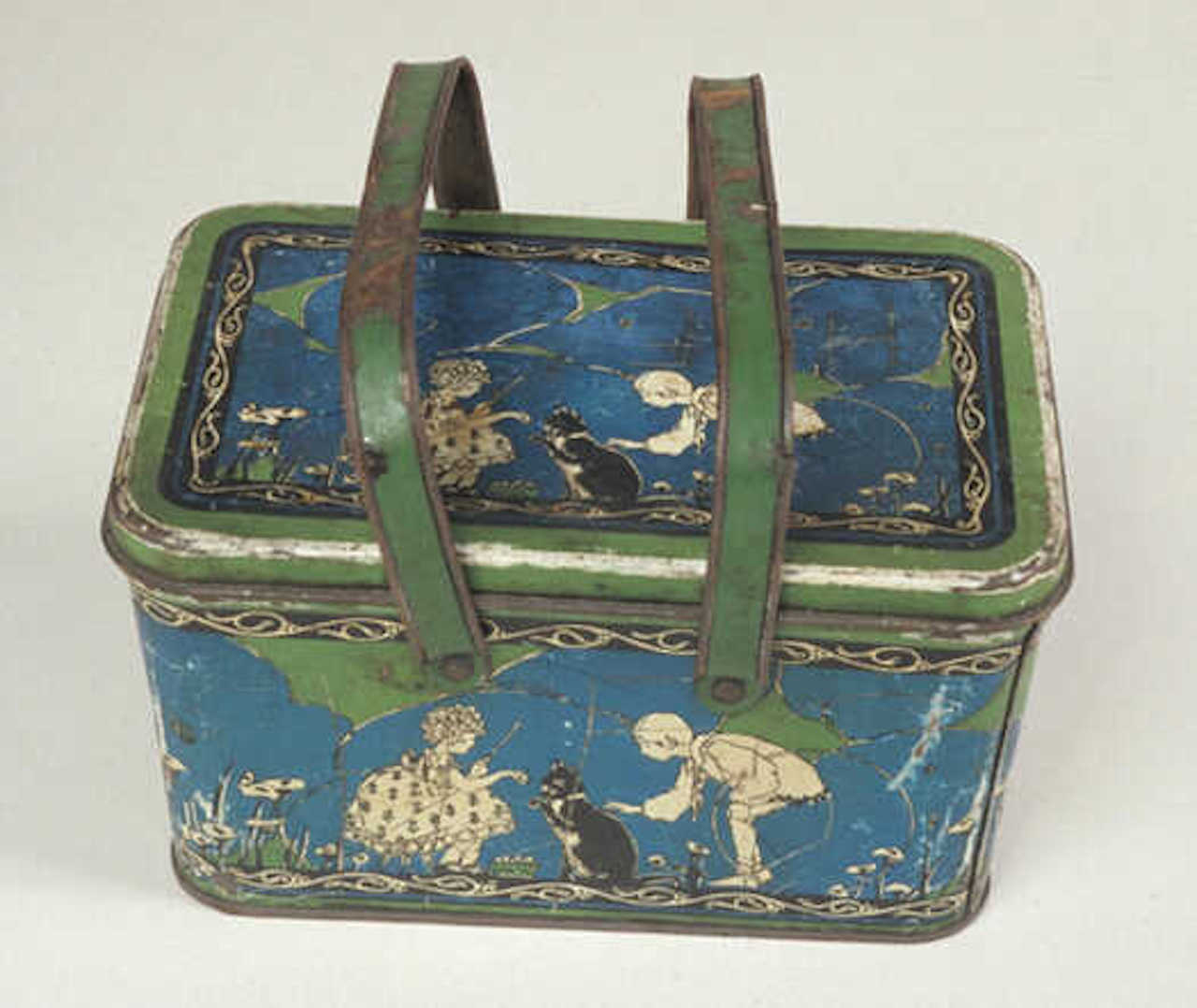

Articles
Whose Picture Was On The First Metal School Lunch Box
Modified: August 20, 2024
Discover the fascinating history of metal school lunch boxes with our informative articles. Find out whose picture was featured on the very first one!
(Many of the links in this article redirect to a specific reviewed product. Your purchase of these products through affiliate links helps to generate commission for Storables.com, at no extra cost. Learn more)
Introduction
The metal school lunch box is an iconic symbol of childhood nostalgia. For many people, it conjures up fond memories of carrying their lunch to school with pride, showcasing their favorite characters and designs. But have you ever wondered whose picture was on the very first metal school lunch box? It’s a question that has intrigued collectors, historians, and pop culture enthusiasts for decades. Join us as we embark on a journey to uncover the truth behind this mystery.
Before we delve into the origins of metal school lunch boxes, let’s take a moment to appreciate the significance of these lunchtime staples. In the early 20th century, the concept of packing a lunch for school was not as prevalent as it is today. Students either went home for lunch or purchased a meal at the school cafeteria. However, as urbanization and industrialization reshaped society, the need for portable meals grew. This led to the emergence of various types of lunch containers, including metal lunch boxes.
The use of metal lunch boxes became particularly popular during the 1950s and 1960s. Made from sturdy steel or aluminum, these boxes were durable and had the added benefit of being easy to clean. They also provided a blank canvas for manufacturers to adorn with colorful designs and licensed characters, turning lunchtime into a mini pop culture experience.
The inclusion of licensed characters on metal school lunch boxes can be attributed to the growing influence of television and popular media on children’s preferences. As television became a ubiquitous presence in households across America, characters from popular shows and movies started to make their way onto lunch boxes. This marketing strategy not only appealed to children’s interests but also created a sense of connection and identification with their favorite characters.
But let’s return to our burning question: whose picture was on the first metal school lunch box? The answer is not as straightforward as one might hope. Over the years, there have been various speculations and controversies surrounding this mystery. Some claim it was a famous cartoon character, while others believe it featured an athlete or a Hollywood celebrity. To truly uncover the truth, we must separate fact from fiction and dig deep into the annals of lunch box history.
Key Takeaways:
- The first metal school lunch box, while shrouded in mystery, revolutionized lunchtime into a pop culture experience, sparking imagination and fostering personal identity through licensed character imagery.
- Despite the enigmatic nature of its inaugural design, the first metal school lunch box left an enduring legacy, transforming a mundane daily ritual into a cherished and imaginative experience that continues to evoke nostalgia and spark conversations about the cultural significance of everyday objects.
Read also: 9 Best School Lunch Box for 2025
Historical Context of Metal School Lunch Boxes
To understand the significance of metal school lunch boxes, we need to delve into the historical context in which they emerged. Lunch boxes have been used by students for generations, with early examples consisting of simple wooden or tin containers. However, it wasn’t until the mid-20th century that metal lunch boxes truly gained popularity.
The 1950s and 1960s marked a period of rapid social change in America. Suburban communities grew, families became more mobile, and the post-war economic boom allowed for increased consumer spending. As a result, lunch boxes became more than just a functional necessity; they became a reflection of popular culture and personal identity.
During this time, metal fabrication and manufacturing processes advanced, making it easier to produce sturdy and visually appealing lunch boxes. Steel and aluminum emerged as the materials of choice, providing durability and resistance to everyday wear and tear. The introduction of vacuum-formed plastic handles and closures added convenience to these lunch boxes, making them easier to carry and open.
At the same time, the popularity of television and movies skyrocketed, with families across the nation tuning in to watch their favorite shows and characters. Marketers recognized the tremendous potential in linking lunch boxes to beloved fictional personalities, resulting in the rise of licensed character lunch boxes. Children could now proudly display their affinity for superheroes, cartoon characters, and celebrities while enjoying their midday meals.
Additionally, the emergence of merchandising tie-ins further fueled the demand for lunch boxes featuring licensed characters. Companies realized that coupling lunch boxes with popular TV shows and movies created a potent marketing tool. Lunch boxes became more than just a vessel for food; they became status symbols and collectible items.
The popularity of metal school lunch boxes reached its peak in the 1970s, but gradually declined in subsequent years. Plastic lunch boxes with molded designs and insulated compartments gained traction, offering new features and convenience. The health-conscious movement of the 1980s also influenced lunchtime choices, with an increasing emphasis on fresh, homemade meals over processed snacks.
Nevertheless, metal school lunch boxes hold a special place in the hearts of many, symbolizing an era of childhood innocence and cultural expression. Today, vintage metal lunch boxes have become sought-after collectors’ items, fetching high prices at auctions and inspiring a sense of nostalgia among enthusiasts.
As we continue our quest to discover whose picture graced the first metal school lunch box, we must consider the socio-cultural context in which these lunch boxes emerged. They were not simply utilitarian items but vibrant reflections of popular culture, making lunchtime an exciting opportunity for self-expression and connection with beloved characters.
The Rise of Licensed Characters on Lunch Boxes
One of the key factors that catapulted metal school lunch boxes to near-iconic status was the inclusion of licensed characters on their exteriors. The practice of featuring popular fictional personalities on lunch boxes began in the 1950s, coinciding with the golden age of television and the emergence of Hollywood franchises.
The strategy of incorporating licensed characters was a brilliant marketing move that capitalized on the immense popularity of shows and movies among children. Lunch boxes became a canvas for these beloved characters, allowing kids to carry their favorite superheroes, cartoon characters, and celebrities to school every day.
The first licensed character to grace a metal school lunch box was none other than Walt Disney”s Mickey Mouse. In 1935, Aladdin Industries secured the rights to produce a Mickey Mouse-themed lunch box, complete with an eye-catching red color and a vibrant image of the iconic rodent. The success of this collaboration laid the foundation for the future of licensed character lunch boxes.
As television became a dominant form of entertainment, lunch box manufacturers eagerly jumped on the opportunity to showcase characters from popular shows. Shows like “The Lone Ranger,” “Howdy Doody,” and “The Mickey Mouse Club” all received their own lunch box iterations, featuring images of the respective characters and scenes from the shows.
The inclusion of licensed characters on lunch boxes not only enhanced their visual appeal but also created a personal connection between children and their favorite characters. Carrying a lunch box adorned with the image of a beloved hero or cartoon character provided a sense of companionship and imagination during the school day.
With the rise of animated television shows in the 1960s, lunch boxes became a battleground for animated character licensing. Companies such as Thermos and King Seeley Thermos created partnerships with popular animation studios, resulting in a multitude of lunch boxes featuring characters like The Flintstones, The Jetsons, and The Pink Panther.
Superheroes also made their presence felt during this era, with iconic characters like Superman, Batman, and Spider-Man gracing the lunch boxes of aspiring young crime-fighters. These lunch boxes empowered children, allowing them to showcase their admiration for these heroic figures and ignite their imaginative play during lunch breaks.
By the 1970s, licensed character lunch boxes were in their prime. Major franchises like Star Wars exploded onto the scene, captivating the hearts and lunch boxes of children everywhere. These lunch boxes became cherished possessions, symbols of fandom and cultural connection.
While the popularity of licensed character lunch boxes eventually waned in the late 1980s and beyond, they remain an indelible part of pop culture history. Their rise to prominence not only transformed lunchtime into a mini pop culture experience but also provided a sense of personal identity and connection for children across generations.
As we continue our quest to uncover whose picture adorned the first metal school lunch box, it is impossible to ignore the impact and significance of licensed characters in the lunch box phenomenon. They brought magic, excitement, and imaginative play to the everyday act of carrying a lunch to school, leaving an enduring legacy in the hearts and memories of millions.
The Mystery: Whose Picture Was on the First Metal School Lunch Box?
The question of whose picture was on the first metal school lunch box has perplexed collectors and enthusiasts for years. Despite numerous speculations and controversies, the true answer remains elusive. Let’s explore the various theories and try to unravel the enigma.
One of the most popular theories suggests that the first metal school lunch box featured the image of Hopalong Cassidy, a fictional cowboy character created by Clarence E. Mulford. Hopalong Cassidy gained immense popularity in the 1950s, appearing in films, radio programs, and television shows. Hopalong Cassidy lunch boxes were indeed produced and became prized possessions among fans. However, whether it was truly the first is still a matter of debate.
Another theory points to the inclusion of Roy Rogers, the legendary singing cowboy, on the inaugural metal school lunch box. Roy Rogers was an icon of the Western genre, captivating audiences with his musical talents and charismatic screen presence. Roy Rogers lunch boxes became incredibly popular, sparking the imaginations of countless children. But whether he was the true pioneer of licensed character lunch boxes remains uncertain.
Some believe that the first metal school lunch box might have featured a popular cartoon character, such as Mickey Mouse or Donald Duck. These beloved Disney characters had already appeared on earlier lunch boxes and would continue to dominate the lunch box scene for decades to come. However, definitive evidence pinpointing their presence on the first-ever metal school lunch box remains elusive.
There are also theories suggesting that the first lunch box might have showcased an athlete or a Hollywood celebrity. In the 1950s and 1960s, athletes like Babe Ruth and Hollywood stars like John Wayne enjoyed significant popularity, making them prime candidates for lunch box imagery. However, concrete evidence to support these theories is scarce.
As we investigate further, we begin to realize that the true answer to this mystery may never be fully revealed. The exact identity of the character or personality on the first metal school lunch box might have been lost to time or obscured due to the lack of comprehensive records from that era.
Nevertheless, the mystery itself adds to the allure and fascination surrounding metal school lunch boxes. It highlights the importance of these everyday objects as cultural artifacts, carrying a piece of our collective history and childhood experiences.
Ultimately, the first metal school lunch box represented a transformative moment in lunchtime culture, blending functionality with the magic of licensed characters and pop culture imagery. It kickstarted a trend that would captivate generations of children and become an enduring symbol of nostalgia and collectibility.
Though the identity of the character on the inaugural metal school lunch box may remain a mystery, the impact it had on popular culture and the joy it brought to countless individuals cannot be denied.
The first metal school lunch box featured a picture of Mickey Mouse, produced by the American Thermos Bottle Company in 1950.
Speculations and Controversies
The mystery surrounding the first metal school lunch box has given rise to a plethora of speculations and controversies throughout the years. As collectors, historians, and enthusiasts seek to unravel the truth, various theories and debates have emerged. Let’s dive into some of the most intriguing speculations and controversies surrounding this enigmatic topic.
One heated debate revolves around the question of whether the first metal school lunch box featured a licensed character or a generic design. Some argue that the initial lunch boxes were plain and devoid of any specific character, showcasing simple designs or patterns instead. Others firmly believe that licensed characters played a significant role from the very beginning, catapulting the lunch box craze into full swing.
Another point of contention surrounds the role of popular culture icons versus historical figures and athletes. Some enthusiasts argue that the first metal school lunch box likely depicted a famous historical figure or an acclaimed athlete, capitalizing on their widespread recognition and appeal. Others contend that popular culture icons, such as cartoon characters or Hollywood celebrities, would have been the more likely choice to entice children and spark their imaginations.
One controversial theory suggests that the identity of the character on the first lunch box might have changed over time due to unofficial reproductions or alterations. As lunch boxes became collectors’ items, some individuals may have modified or reproduced designs, leading to confusion about the original contents of the first lunch box. This speculation has fueled an ongoing debate among collectors and historians.
Additionally, discrepancies in historical records and conflicting testimonies from manufacturers and industry insiders have also contributed to the controversies surrounding the first metal school lunch box. Inaccurate or incomplete information has made it challenging to definitively pinpoint the exact character or image that adorned the inaugural lunch box, leaving room for speculation and debate.
As with any cultural artifact, personal anecdotes and memories also add to the mix of speculations and controversies. People recall cherished lunch boxes from their childhood, each claiming that theirs was the first or most iconic. These subjective accounts further complicate the quest for an objective answer.
Amidst the speculations and controversies, it’s essential to remember that the allure of the first metal school lunch box lies not in its specific character or design but in the cultural significance it represents. The lunch box phenomenon had a lasting impact on pop culture and childhood experiences, regardless of the exact imagery that graced the inaugural piece.
While debates and speculations continue to swirl, the mystery surrounding the first metal school lunch box adds an element of intrigue and fascination. It serves as a reminder of the enduring charm and collectibility of these everyday objects, captivating generations with their nostalgic appeal.
As we move forward in our exploration, let’s keep an open mind and embrace the joy of speculation, knowing that the search for the truth is as much a part of the journey as the answer itself.
Read also: 14 Amazing Lunch Box For School for 2025
Unveiling the Truth: Identifying the Picture on the First Metal School Lunch Box
While the mystery surrounding the identity of the character on the first metal school lunch box may never be fully resolved, diligent research and historical analysis have shed some light on the subject. Though concrete evidence may elude us, several leads and clues have emerged, giving us a glimpse into the possibilities.
One prominent contender for the image featured on the first metal school lunch box is “The Lone Ranger.” This iconic Western character, known for his masked heroism, captivated audiences and became a cultural sensation in the 1950s. The Lone Ranger was immensely popular, and it would make sense for lunch box manufacturers to choose him as the inaugural character to grace their metal lunch boxes.
Another compelling theory suggests that the first metal school lunch box showcased a famous superhero: Superman. As one of the most recognizable and beloved comic book characters of all time, Superman would have been an obvious choice to adorn a lunch box and capture the imaginations of countless children across the nation.
While “The Lone Ranger” and Superman are strong contenders, it’s essential to consider other significant figures that may have laid claim to the inaugural metal school lunch box. Characters like Mickey Mouse, Donald Duck, and Roy Rogers were widely adored and present on lunch boxes in the early years. Each of these beloved characters has left an indelible mark on popular culture, making them potential candidates for the honor of being the first.
It’s worth noting that the first metal school lunch box may have had a generic design or an image that has been lost to time. In the early days of lunch box production, licensing deals and official collaborations may not have been as prevalent as they later became. Instead, manufacturers might have opted for more generic designs or patterns that appealed to a wider audience.
Ultimately, the true answer to this mystery may lie in the hands of collectors who possess rare or prototype lunch boxes from that era. These elusive and exclusive artifacts could hold the key to identifying the picture on the first metal school lunch box.
However, regardless of the specific character or design, it’s the impact of the first metal school lunch box on popular culture that remains the most significant aspect. The lunch box phenomenon brought joy, imagination, and a sense of identity to generations of children. It transformed a simple act of carrying a meal into a platform for self-expression and connection with the characters and stories that shaped our childhoods.
As we continue to delve into lunch box history and unravel the enigma surrounding the first metal school lunch box, we must embrace the excitement of discovery and appreciate the significance of these cultural artifacts. While the truth may remain shrouded in mystery, the journey of exploration allows us to cherish the magic that lunch boxes brought to our lives.
Impact and Legacy of the First Metal School Lunch Box
The first metal school lunch box, regardless of the specific character or design, left an indelible impact on popular culture and a lasting legacy that continues to resonate with generations. Its influence extends beyond a mere functional container for food; it represents a cultural phenomenon that transformed lunchtime into a cherished and imaginative experience. Here, we explore the profound impact and enduring legacy of the first metal school lunch box.
First and foremost, the introduction of metal lunch boxes revolutionized the way children carried their lunches to school. Prior to their inception, lunchtime was a more rudimentary affair, with paper bags or simple containers being the norm. The durability and design possibilities of metal lunch boxes elevated this mundane task into a form of self-expression and personal style.
By incorporating licensed characters and popular imagery, the first metal school lunch box tapped into the burgeoning world of entertainment and pop culture. Children had the opportunity to carry their favorite superheroes, cartoon characters, or Hollywood idols with them every day. This not only ignited their imaginations but also created a sense of connection and identification with the characters they admired.
The impact of the lunch box phenomenon extended beyond the schoolyard. It became a point of camaraderie and social interaction among peers, as children gathered to compare and showcase their lunch boxes. Trading cards, stickers, and other collectibles often found their way into lunch boxes, further fueling the sense of excitement and camaraderie during mealtime.
The legacy of the first metal school lunch box can also be seen in the world of merchandising and branding. The success of licensed character lunch boxes opened up a lucrative market for tie-in products and created a blueprint for marketing strategies that are still utilized today. Lunch boxes became powerful marketing tools and a way for corporations to tap into the desires and interests of children.
Furthermore, the aesthetic appeal and durability of metal lunch boxes made them desirable collectibles, even long after their popularity waned. Today, vintage metal school lunch boxes evoke a strong sense of nostalgia and are highly sought-after items among collectors. Their designs act as a time capsule, reflecting the cultural trends and icons of their respective eras.
The legacy of the first metal school lunch box can also be seen in the evolution of lunchtime habits. As the health-conscious movement gained prominence, the focus shifted towards healthier and more eco-friendly lunch options. Plastic lunch containers and insulated bags became more prevalent, offering new features and convenience. However, the tradition of packing a lunch and the nostalgia associated with metal lunch boxes still remain, albeit in different forms.
Ultimately, the impact and legacy of the first metal school lunch box lie in its ability to capture the imaginations of children and provide a medium for self-expression and identity. It transformed a mundane daily ritual into a mini pop culture experience and symbolized the connection between entertainment, childhood, and personal style.
Whether carrying a lunch to school or admiring vintage collections, the first metal school lunch box continues to evoke fond memories and spark conversations about the cultural significance of everyday objects. Its legacy lives on, reminding us of the profound influence that small artifacts can have on our lives and the lasting impressions they leave upon our collective memory.
Conclusion
The first metal school lunch box has become a legendary symbol of childhood nostalgia, capturing the hearts and imaginations of generations. While the exact character or design on the inaugural lunch box remains a mystery, its impact and legacy are undeniable.
From its humble beginnings, the metal school lunch box transformed an ordinary act of carrying a meal into a personal expression of style and connection with beloved characters. Licensed characters and popular imagery adorned these lunch boxes, turning lunchtime into a mini pop culture experience that sparked imagination and fostered a sense of identity.
The introduction of metal lunch boxes revolutionized lunchtime habits and became a social currency among children. Trading cards, stickers, and other collectibles found their way into these lunch boxes, creating a camaraderie and excitement that extended beyond the classroom walls.
The legacy of the first metal school lunch box can also be seen in the world of marketing and merchandising. It paved the way for licensed character products and demonstrated the power of incorporating popular imagery into everyday items. Lunch boxes became powerful marketing tools, offering companies a direct connection to the desires and interests of children.
Although the popularity of metal school lunch boxes has waned in recent years, their legacy remains strong. Vintage collections evoke a sense of nostalgia, acting as time capsules that reflect the cultural trends and icons of their respective eras. The durability and aesthetic appeal of the metal lunch box continue to captivate collectors and enthusiasts alike.
In conclusion, the first metal school lunch box left an indelible mark on popular culture, transforming lunchtime into a cherished and imaginative experience. Its impact and legacy can be seen in the ways it revolutionized lunchtime habits, fostered social interaction, and served as a powerful marketing tool. The mystery surrounding the exact character or design of the inaugural lunch box adds to its allure and fascination, reminding us of the joy and magic that everyday objects can hold.
Whether reminiscing about cherished lunch boxes from the past or appreciating the cultural significance of these artifacts, the first metal school lunch box has secured its place in our collective memory. Its legacy serves as a testament to the enduring power of nostalgia and the ability of everyday objects to shape our childhood experiences.
Frequently Asked Questions about Whose Picture Was On The First Metal School Lunch Box
Was this page helpful?
At Storables.com, we guarantee accurate and reliable information. Our content, validated by Expert Board Contributors, is crafted following stringent Editorial Policies. We're committed to providing you with well-researched, expert-backed insights for all your informational needs.
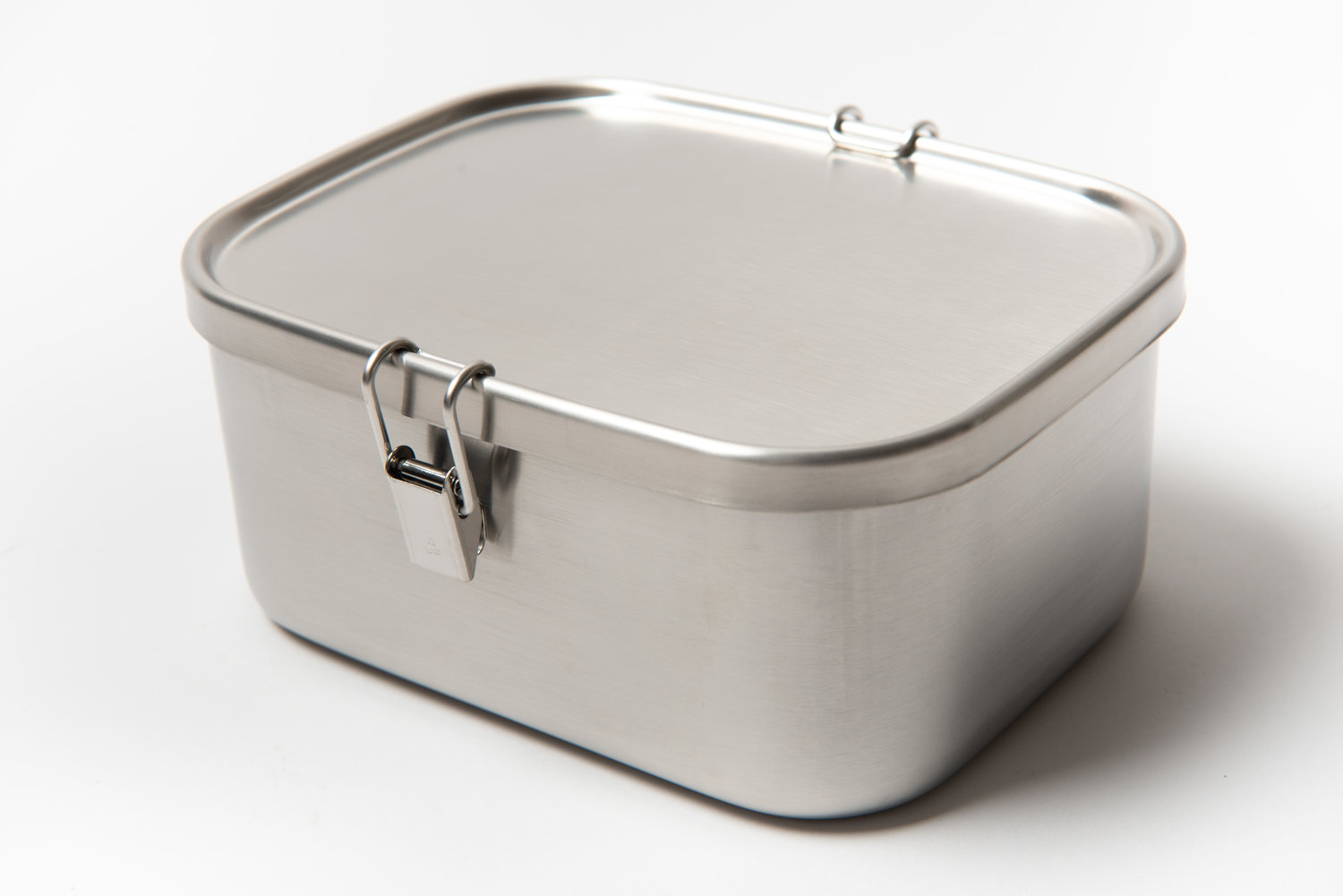

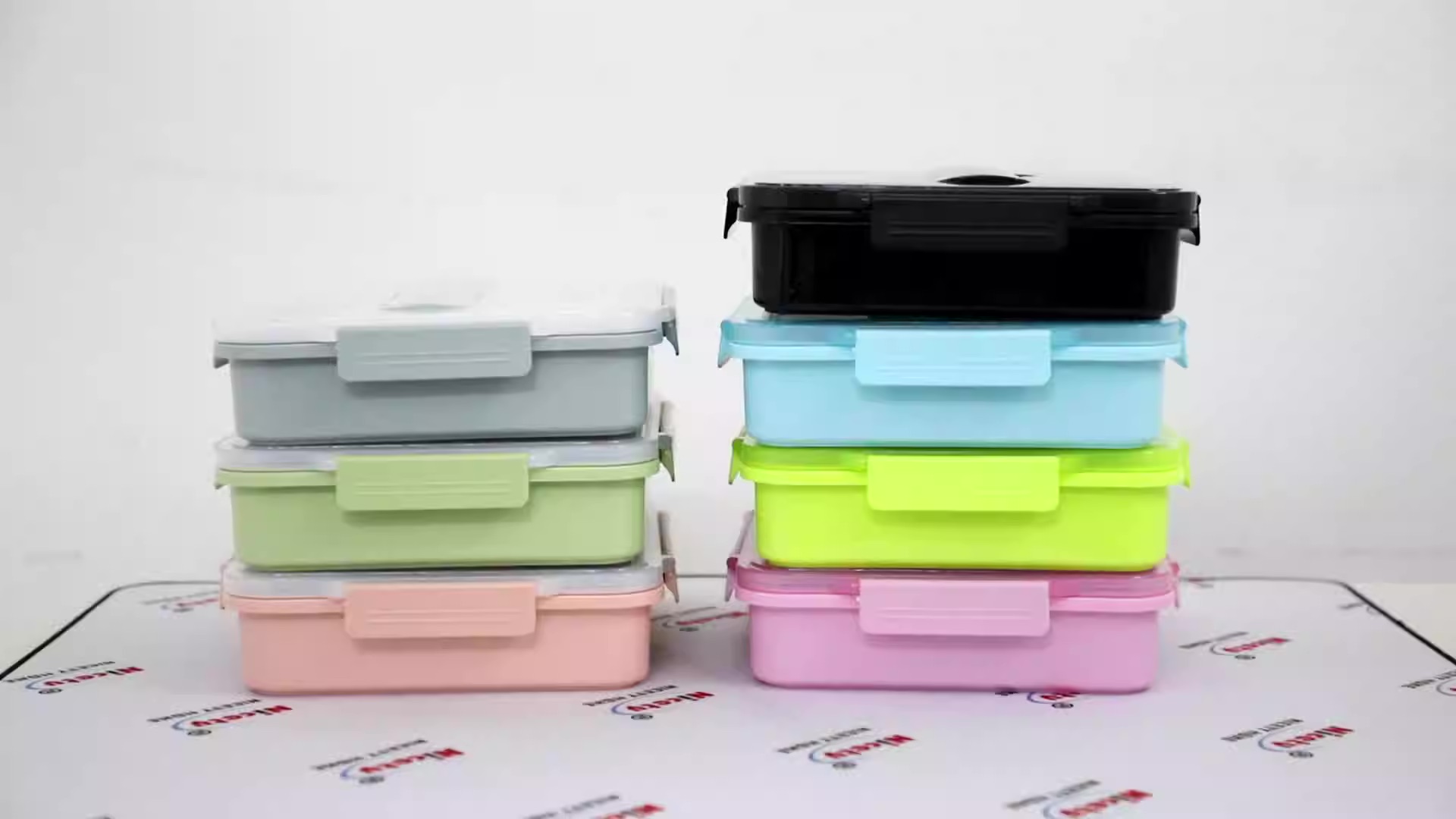
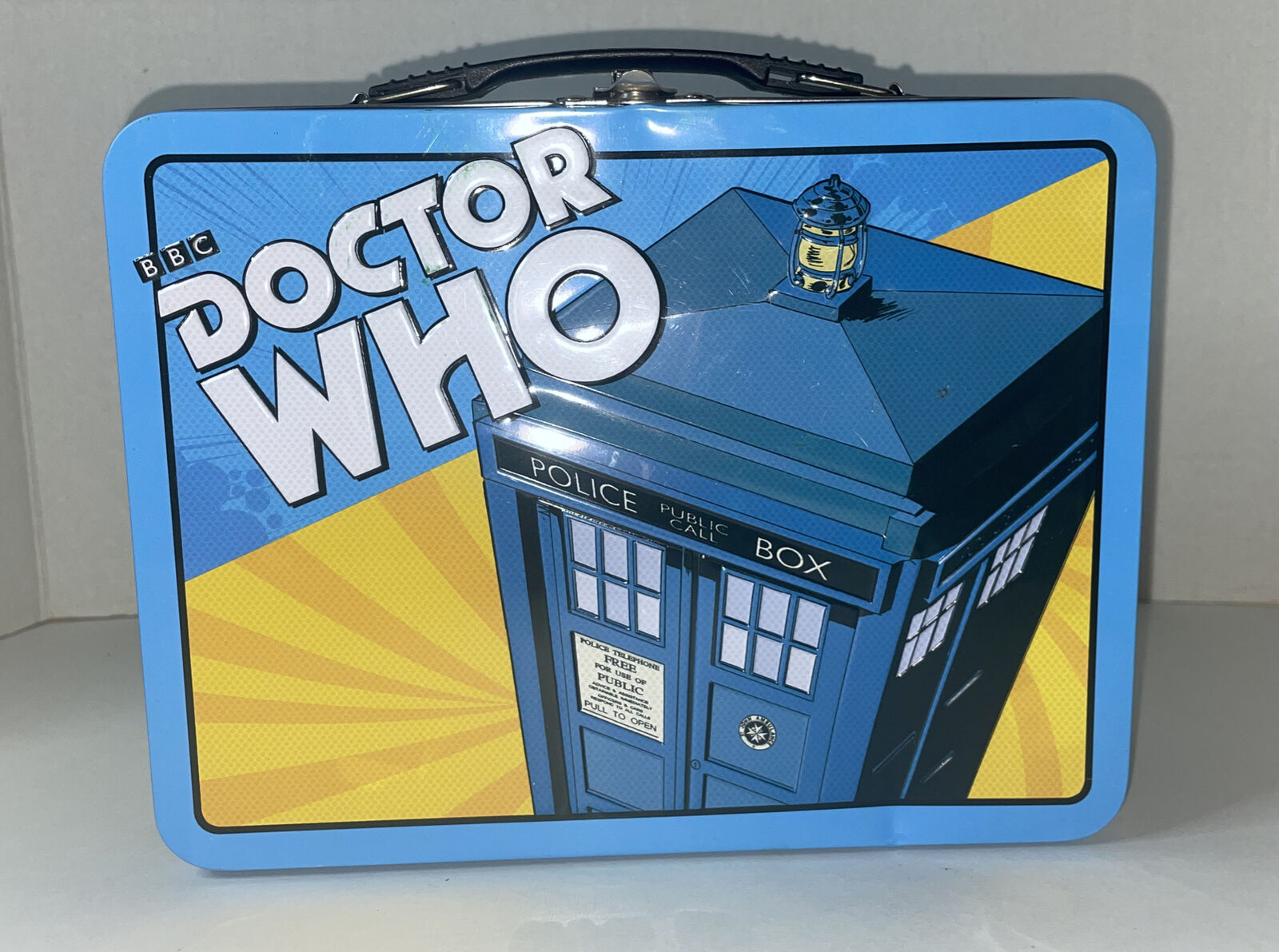

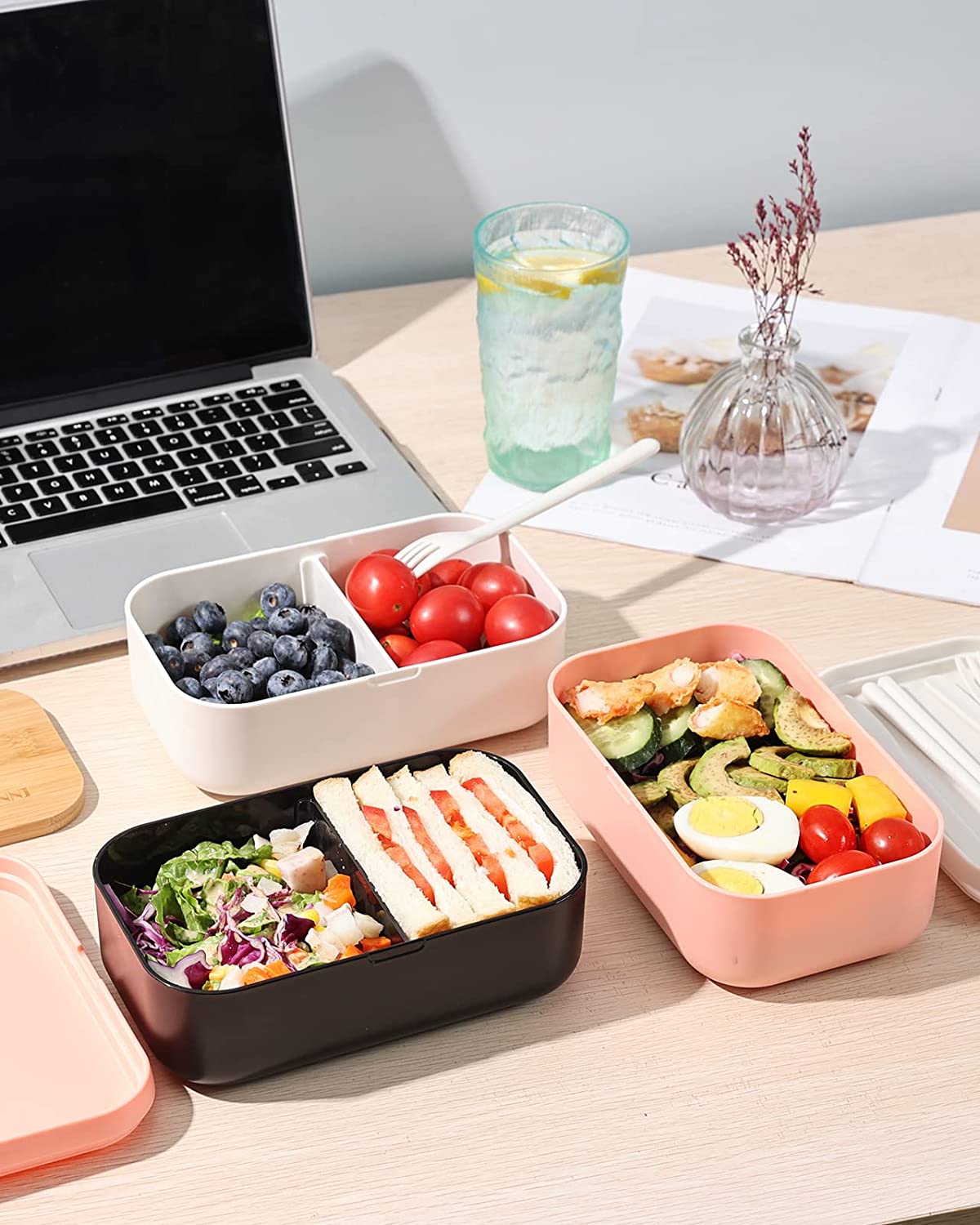


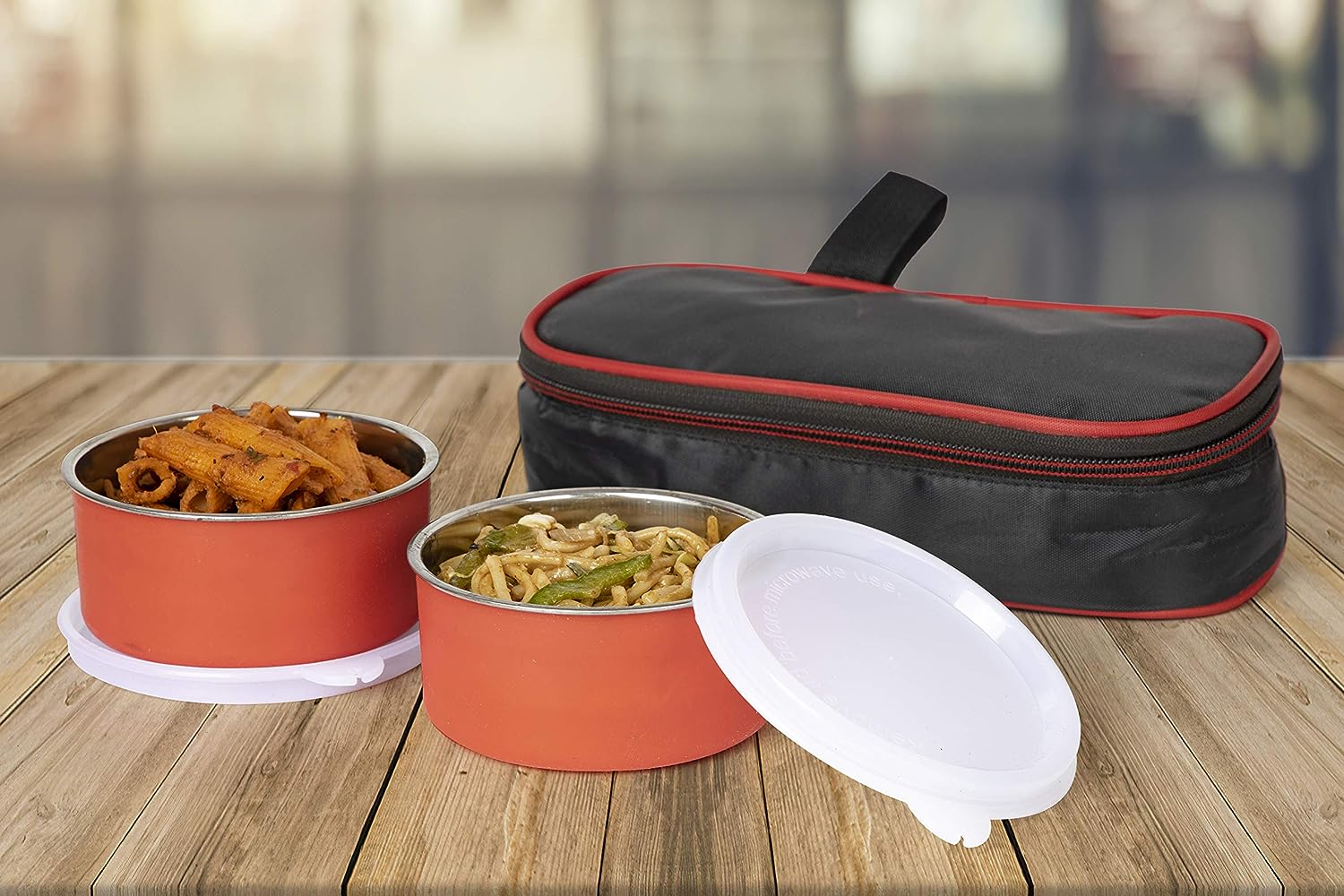
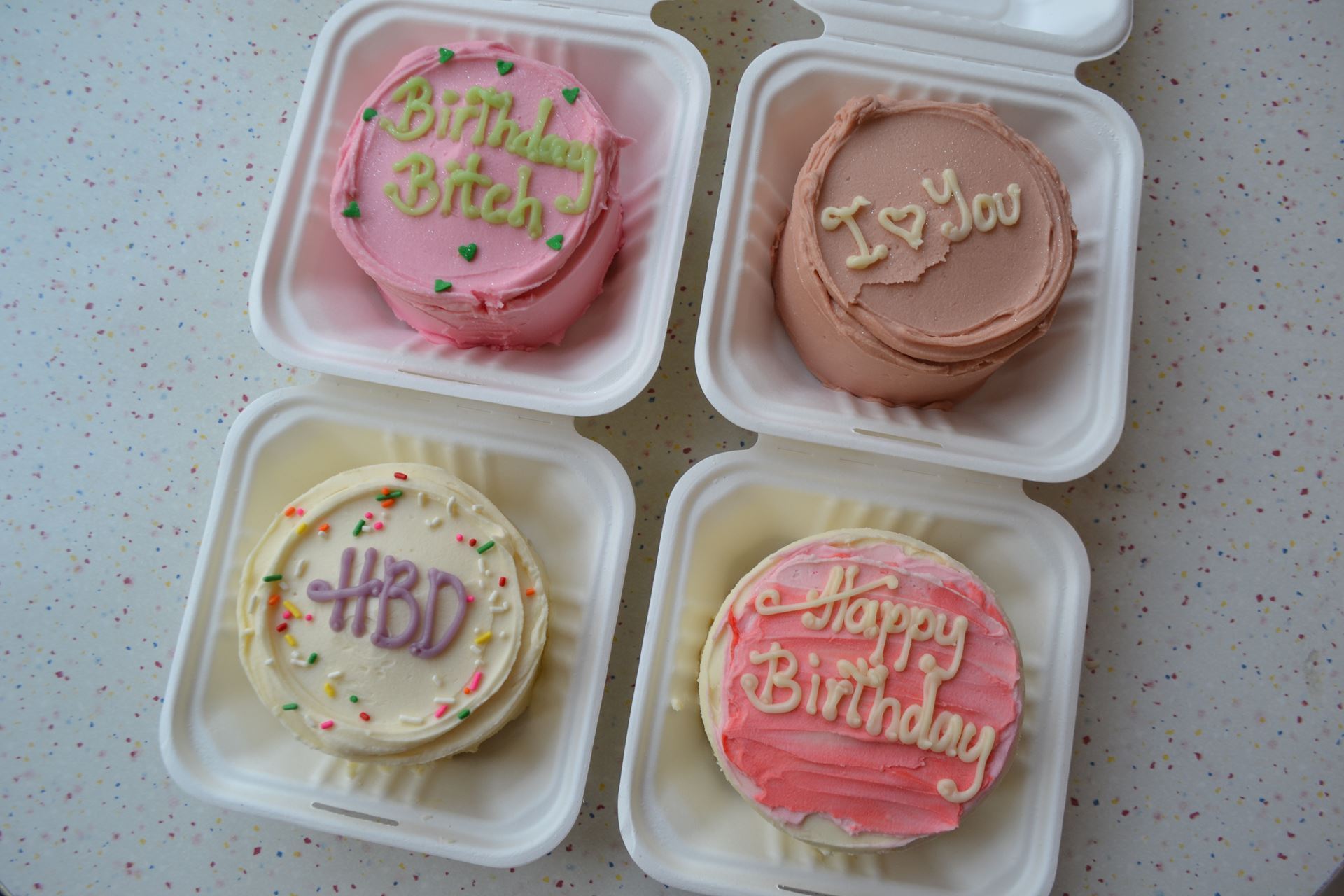
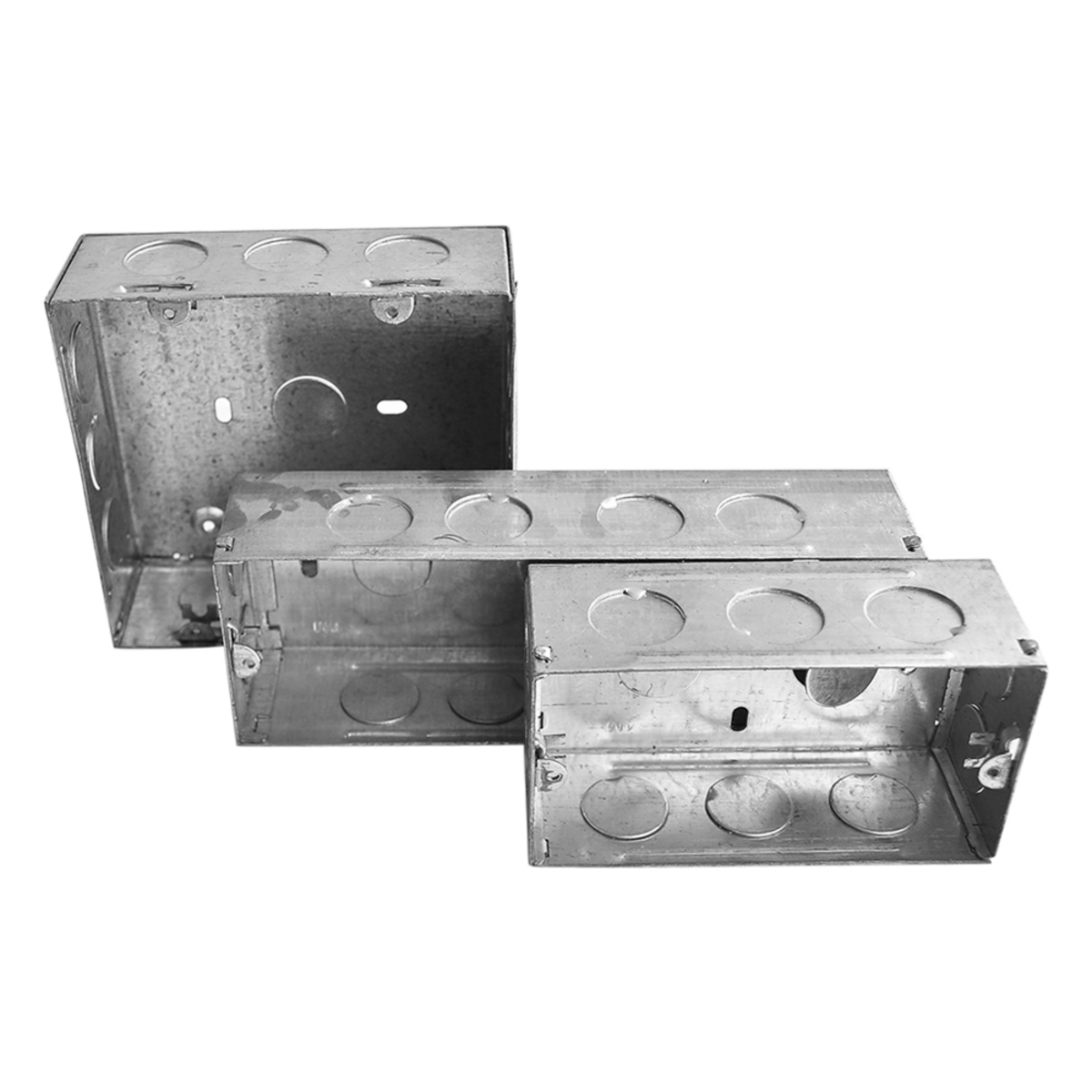


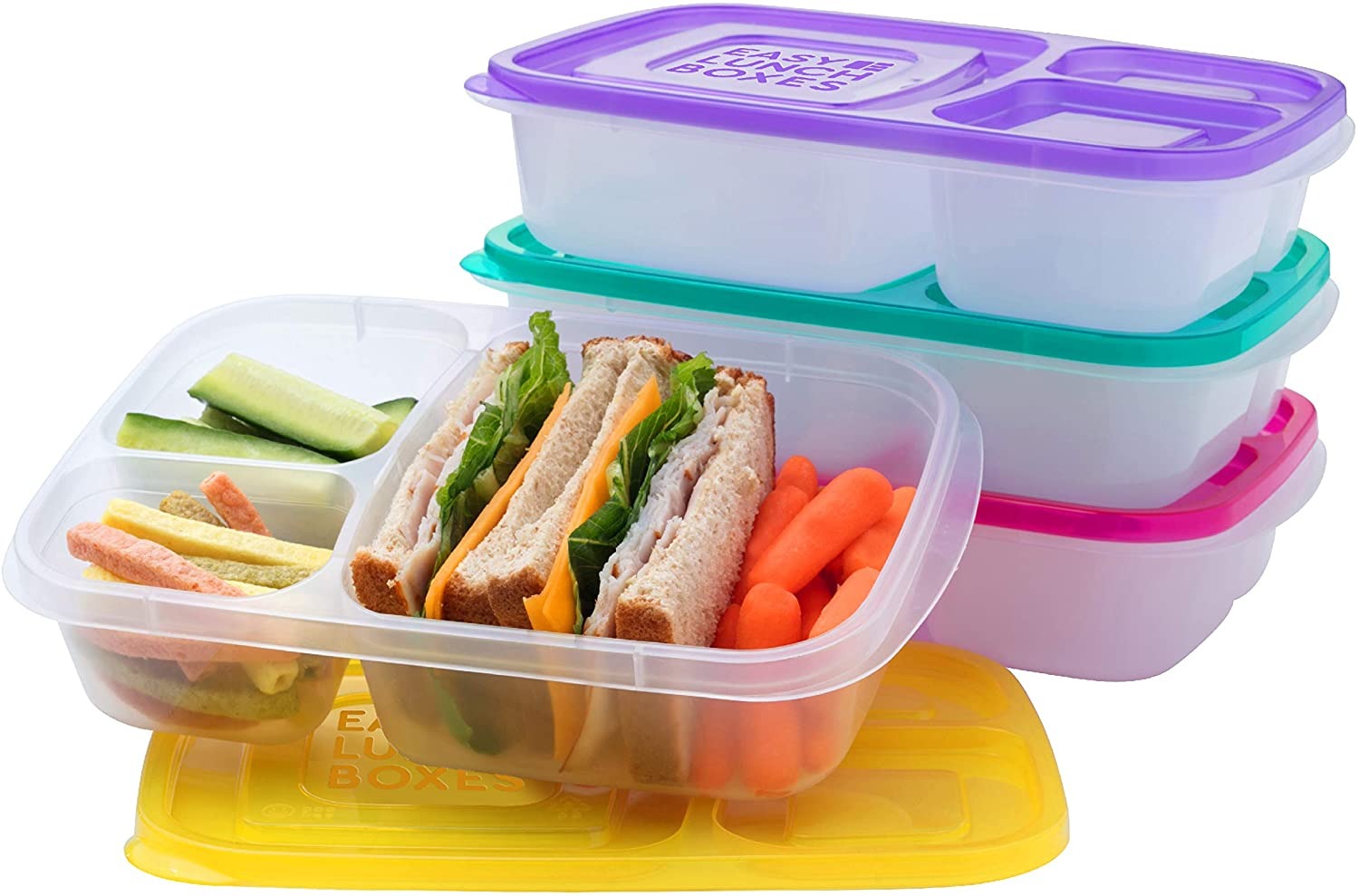

0 thoughts on “Whose Picture Was On The First Metal School Lunch Box”